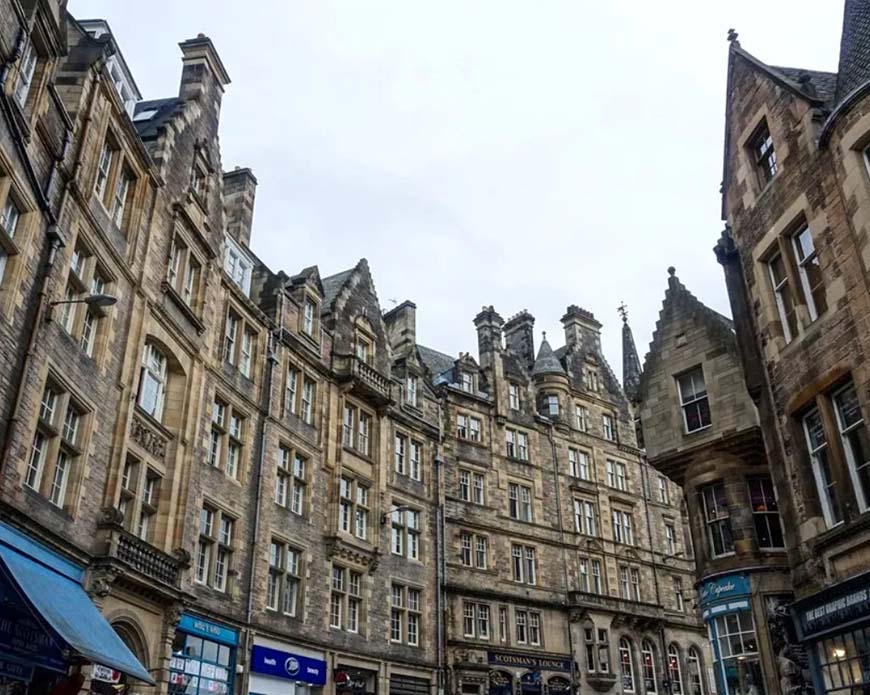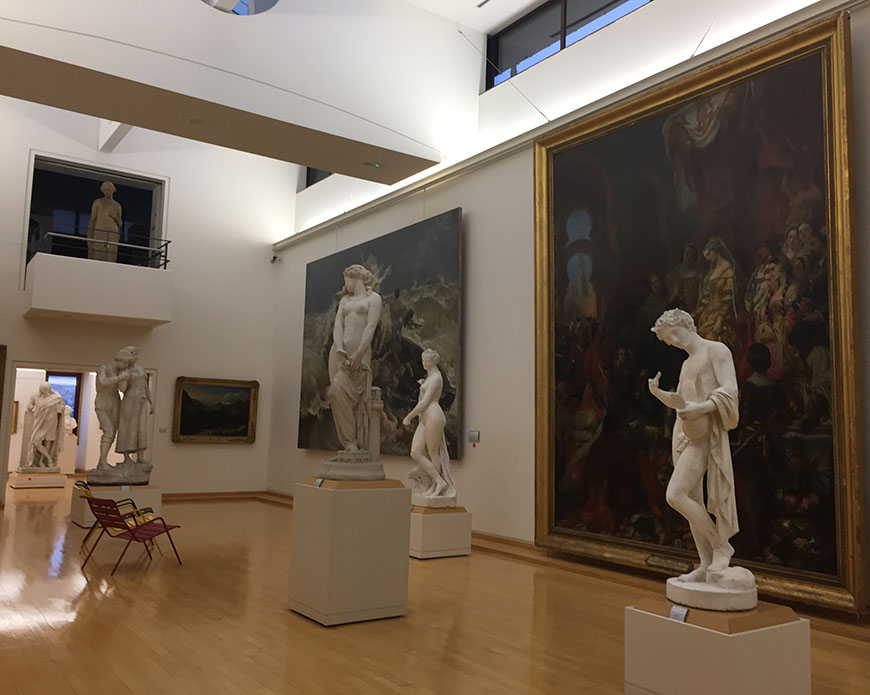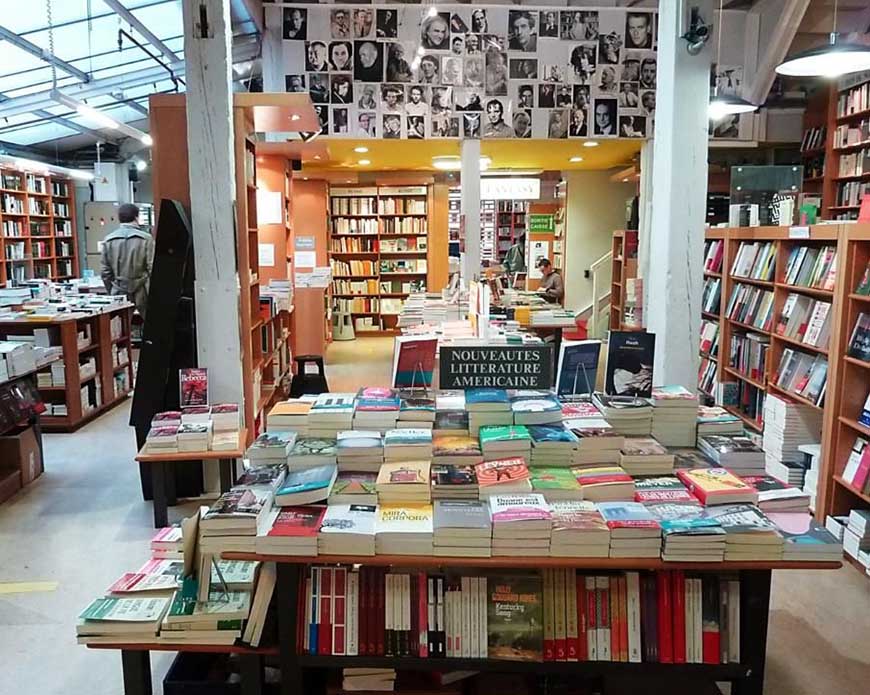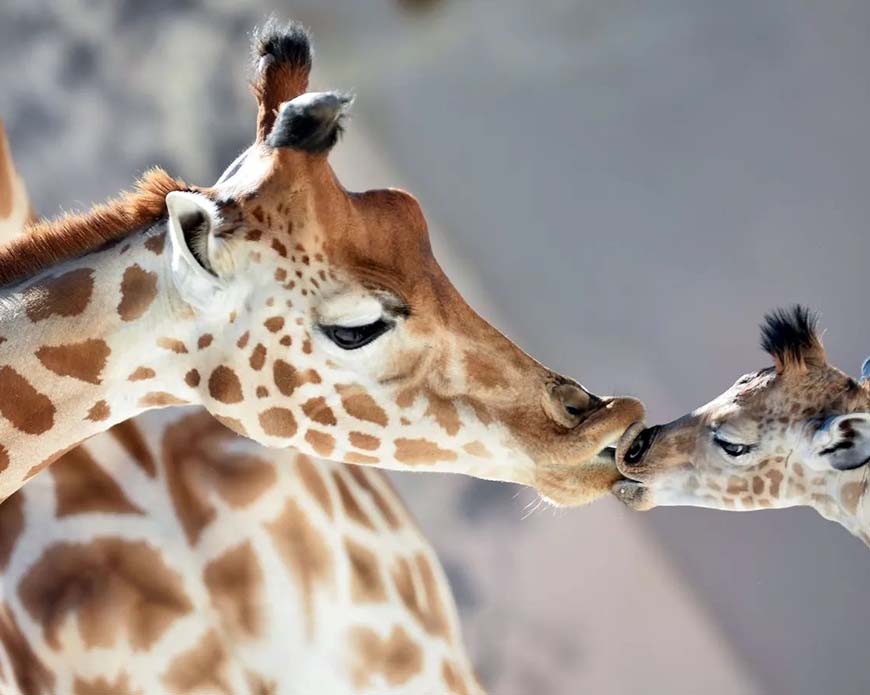Embarking on a captivating voyage through Edinburgh’s Royal Museum, I found myself enthralled by the opulent history, cultural richness, and artistic brilliance housed within its walls. I have explored numerous museums worldwide, yet the Royal Museum stands out for its unparalleled historical depth and regal grandeur.I will intricately detail my immersive experience, unraveling mysteries, exploring artifacts, and delving into the captivating tales resonating within this venerable institution.
The Majestic Entrance
Approaching the Royal Museum, the towering architecture exuded antiquity and grandiosity. The intricate carvings and blend of architectural styles on the façade hinted at the diverse historical epochs within. Stepping through the ornate doors, the museum’s opulent foyer set a majestic tone for the royal journey that awaited.
Regal Residences – The Crown Jewels
A highlight of my exploration was the encounter with the Crown Jewels of Scotland. Housed in a secure chamber, these symbols of regality shimmered with timeless elegance. The Crown, Scepter, and Sword of State, each with a storied past, revealed craftsmanship and centuries-old traditions that underscored the monarchy’s enduring legacy.The encounter with the Crown Jewels of Scotland at Edinburgh Castle became a defining moment in my exploration of this historic city. Stepping into the secure chamber, I was immediately struck by the shimmering brilliance of these symbols of regality. The Crown, Scepter, and Sword of State, each held in its designated place, exuded an aura of timeless elegance.
The Crown, with its intricate design and glittering gemstones, sat atop a velvet cushion, commanding attention with its majestic presence. It was a tangible representation of the monarchy’s enduring legacy and the centuries-old traditions that had shaped Scotland’s history. As I gazed upon it, I couldn’t help but imagine the heads that had worn this symbol of power throughout the ages.
The Scepter, adorned with precious gems and delicate filigree, was a testament to the craftsmanship of artisans from bygone eras. Its slender form seemed to hold the weight of history, and I marveled at the level of detail that went into creating such a symbol of authority.
Beside the Scepter, the Sword of State stood proudly, its hilt and blade telling tales of battles long past. The craftsmanship of the sword spoke of an era when such weapons were not only practical tools of war but also symbols of authority and honor. It was a reminder of the role these artifacts played in shaping the destiny of the nation.
The Crown Jewels, collectively, painted a vivid picture of Scotland’s regal history. The encounter left me with a profound appreciation for the heritage and traditions that had endured through the ages. It was more than a glimpse into the past; it was a connection to the rich tapestry of Scottish history, where each jewel represented not just material opulence but a story of a nation’s resilience and grandeur.
Leaving the chamber, I carried with me the echoes of centuries, grateful for the opportunity to witness the Crown Jewels and gain a deeper understanding of the profound significance they held in Scotland’s cultural heritage. It was a highlight that added a layer of depth to my exploration, making my visit to Edinburgh Castle an experience that would linger in my memory for years to come.
Treasures from Across the Empire
Venturing through exhibits, treasures from the British Empire transported me across the globe. Exotic artifacts and gifts exchanged between monarchs offered a glimpse into the global influence of the British Crown. Intricate tapestries, rare gemstones, and eclectic artworks spoke volumes about the interconnected history of the empire.
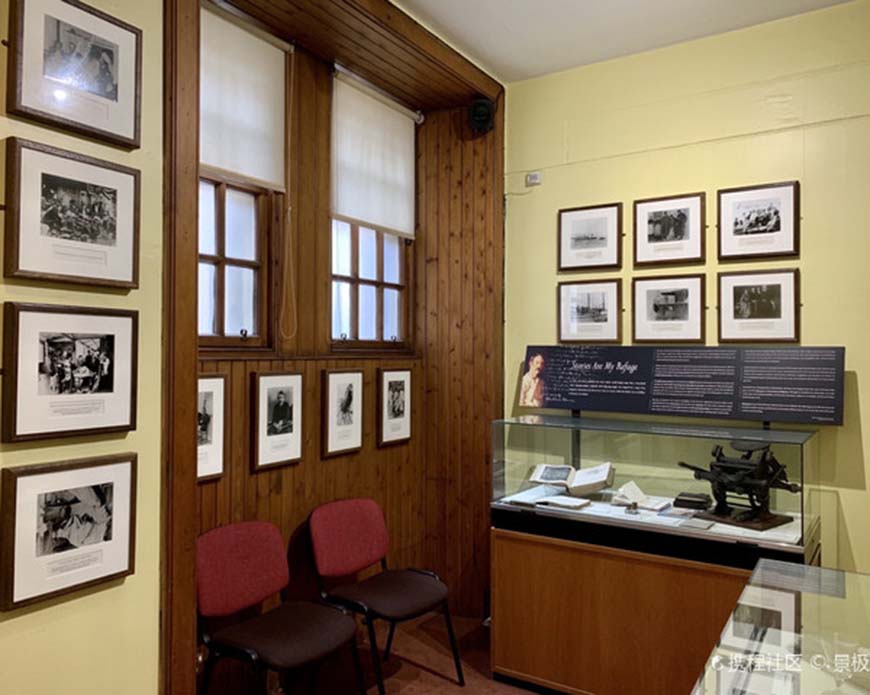
Royal Fashion – A Tapestry of Time
The collection of regal attire showcased the evolution of fashion through the ages. Elaborate gowns of queens and meticulously tailored suits of kings told tales of societal norms, changing styles, and the monarchy’s influence on fashion. Delving into the delicate fabrics and intricate embroidery, I marveled at the sheer opulence of the royal wardrobe.Exploring the collection of regal attire at Edinburgh Castle was like stepping into a time capsule of fashion history. The exhibit eloquently narrated the evolution of styles through the ages, offering a glimpse into the wardrobes of queens and kings that not only reflected their status but also mirrored the changing societal norms and the monarchy’s influence on fashion.
The elaborate gowns of queens, displayed with meticulous care, were a testament to the opulence and grandeur of bygone eras. Each gown seemed to encapsulate a in history, adorned with luxurious fabrics, intricate lace, and delicate embroidery that spoke of the craftsmanship of skilled artisans. It was more than just clothing; it was a visual representation of the women who wore them and the times they lived in.
On the other side of the exhibit, the meticulously tailored suits of kings stood as a counterpart to the queens’ opulent gowns. The suits, ranging from regal military uniforms to more formal attire, reflected the changing styles and societal expectations placed upon the male monarchs. The level of detail in the tailoring showcased the importance placed on conveying power and authority through attire.
As I delved deeper into the delicate fabrics and studied the intricate embroidery, I couldn’t help but marvel at the sheer artistry and craftsmanship involved in creating these pieces of regal attire. The exhibit was not just a showcase of fashion; it was a living testament to the cultural and historical significance of the monarchy, where what they wore played a crucial role in shaping perceptions and setting trends.
Leaving the exhibit, I carried with me a newfound appreciation for the connection between royalty and fashion. It was a journey through time, where each garment whispered stories of a bygone era. The regal attire, with its timeless elegance, added a layer of richness to my understanding of the monarchy’s influence on not just political landscapes but also the ever-evolving tapestry of fashion history.
Whispers of the Past – The Royal Archives
A hidden gem within the museum, the Royal Archives unveiled the private lives of monarchs through personal letters, diaries, and historical documents. Reading intimate correspondences, I felt a connection with the individuals behind the titles, revealing the human side of royalty.Venturing into the Royal Archives within the museum was like discovering a hidden treasure trove, offering a rare glimpse into the private lives of monarchs through their personal letters, diaries, and historical documents. It was a captivating journey that transcended the titles and ceremonies, allowing me to connect with the individuals behind the crowns and scepters.
As I delved into the intimate correspondences, the carefully penned letters revealed the emotions, thoughts, and vulnerabilities of the monarchs. Reading their words, I felt an unexpected connection, as if I were privy to a secret conversation with history. The letters spoke of love, loss, triumphs, and challenges, laying bare the human side of royalty that often remains obscured by the grandeur of public appearances.The entries chronicled not only the weighty responsibilities of their roles but also the simple joys and struggles they encountered. It was a humbling experience to witness the humanity within the pages, transcending the centuries that separated me from those who once held the highest positions in the land.
Surrounded by historical documents that chronicled pivotal moments in time, I marveled at the significance of the events that shaped nations and dynasties. The archival materials transported me back to eras long past, allowing me to witness history unfolding through the eyes of those who lived it.
Leaving the Royal Archives, I felt a profound sense of gratitude for the opportunity to peek behind the curtain of royal life. The experience was a poignant reminder that, beyond the grand ceremonies and public appearances, monarchs were individuals navigating the complexities of life. It added a layer of depth to my understanding of history, transforming the figures in the portraits into real people with stories, emotions, and a shared humanity.
The Artistic Legacy – Royal Portraits and Beyond
The extensive art collection celebrated the creative genius inspired by monarchy. From majestic portraits capturing regal splendor to avant-garde pieces reflecting changing times, the gallery showcased the symbiotic relationship between art and royalty. Each brushstroke revealed the artistic tapestry woven throughout centuries.
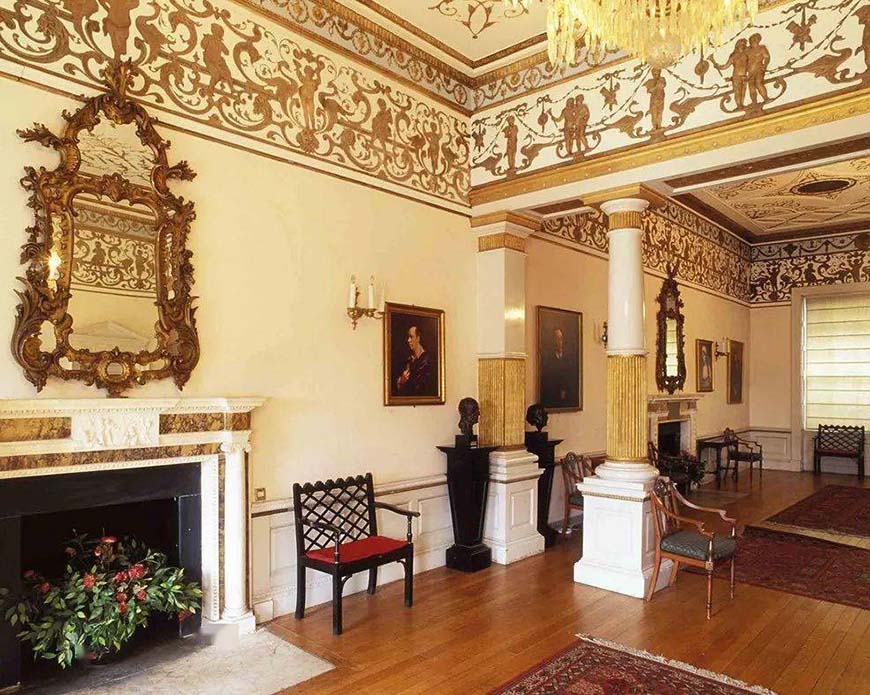
Timeless Traditions – Ceremonial Exhibits
The museum’s ceremonial exhibits transported me to the heart of royal traditions. From coronation ceremonies to state banquets, recreated settings allowed me to envision the pomp and circumstance surrounding these grand events. Dazzling arrays of ceremonial regalia and stories of historic ceremonies echoed through the halls.As I wandered through the ceremonial exhibits at the museum, I felt like I had stepped into the heart of royal traditions, a captivating journey through the grandeur of coronation ceremonies and the splendor of state banquets. The recreated settings were nothing short of immersive, transporting me to a time when pomp and circumstance were at the forefront of these grand events.
The meticulous attention to detail in the exhibits allowed me to envision the regal atmosphere of coronation ceremonies. From the elaborate thrones to the gleaming crowns and scepters, each piece of ceremonial regalia told a story of the monarchy’s rich history. Standing in the recreated coronation chamber, I could almost sense the weight of tradition and the anticipation that filled the air during such momentous occasions.
The state banquets, with their dazzling arrays of table settings and elegant decor, provided a glimpse into the lavish celebrations that followed significant events. The fine china, the sparkling crystal, and the intricately folded napkins spoke of the grandeur and sophistication that accompanied these royal gatherings. It was a visual feast that went beyond the culinary delights served at the banquet tables.
As I moved through the halls, stories of historic ceremonies echoed around me. Narratives of the past came alive through artifacts, photographs, and detailed descriptions that painted vivid pictures of the events that shaped the nation. From solemn rituals to joyous celebrations, the ceremonial exhibits offered a comprehensive exploration of the diverse aspects of royal life.
The museum experience left me with a profound appreciation for the meticulous planning and symbolic importance embedded in each ceremonial tradition. It was more than just a visual spectacle; it was a journey into the core of monarchy, where tradition and pageantry played integral roles in shaping the identity of the nation.
Leaving the museum, I carried with me not only a wealth of historical knowledge but also a deeper understanding of the cultural significance of ceremonial events. The immersive nature of the exhibits had allowed me to step back in time, experiencing firsthand the grandeur and traditions that have defined the monarchy for centuries.
The Royal Museum’s commitment to accessibility was evident in interactive exhibits. Virtual reality experiences, touch-screen displays, and immersive installations engaged visitors of all ages, adding a dynamic dimension to the exploration and making history come alive in innovative ways.
Exiting the museum, the Royal Garden provided a serene oasis for reflection. Manicured landscapes and benches offered the perfect setting to contemplate the wealth of knowledge gained. As I gazed at the Edinburgh skyline, the echoes of history lingered, leaving me with a profound appreciation for the city’s past and the interconnected threads of royalty, culture, and time.
